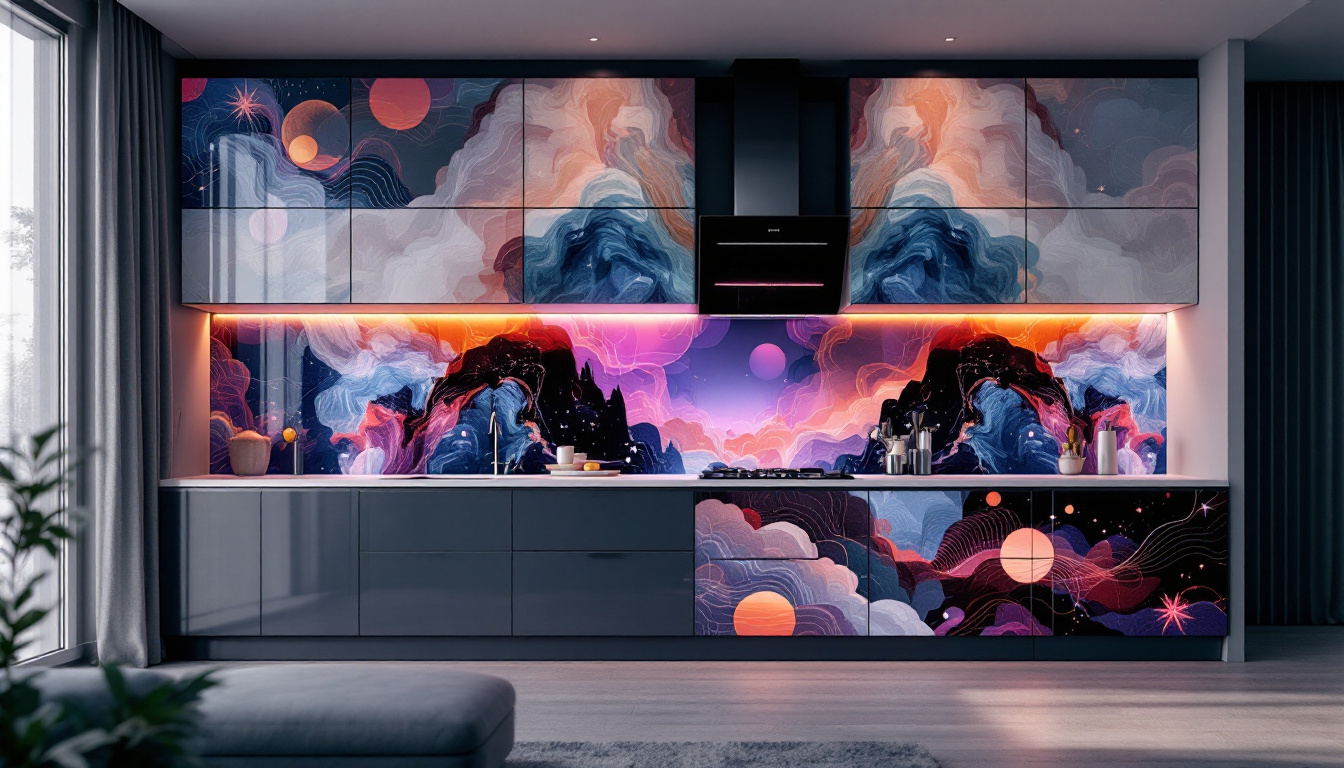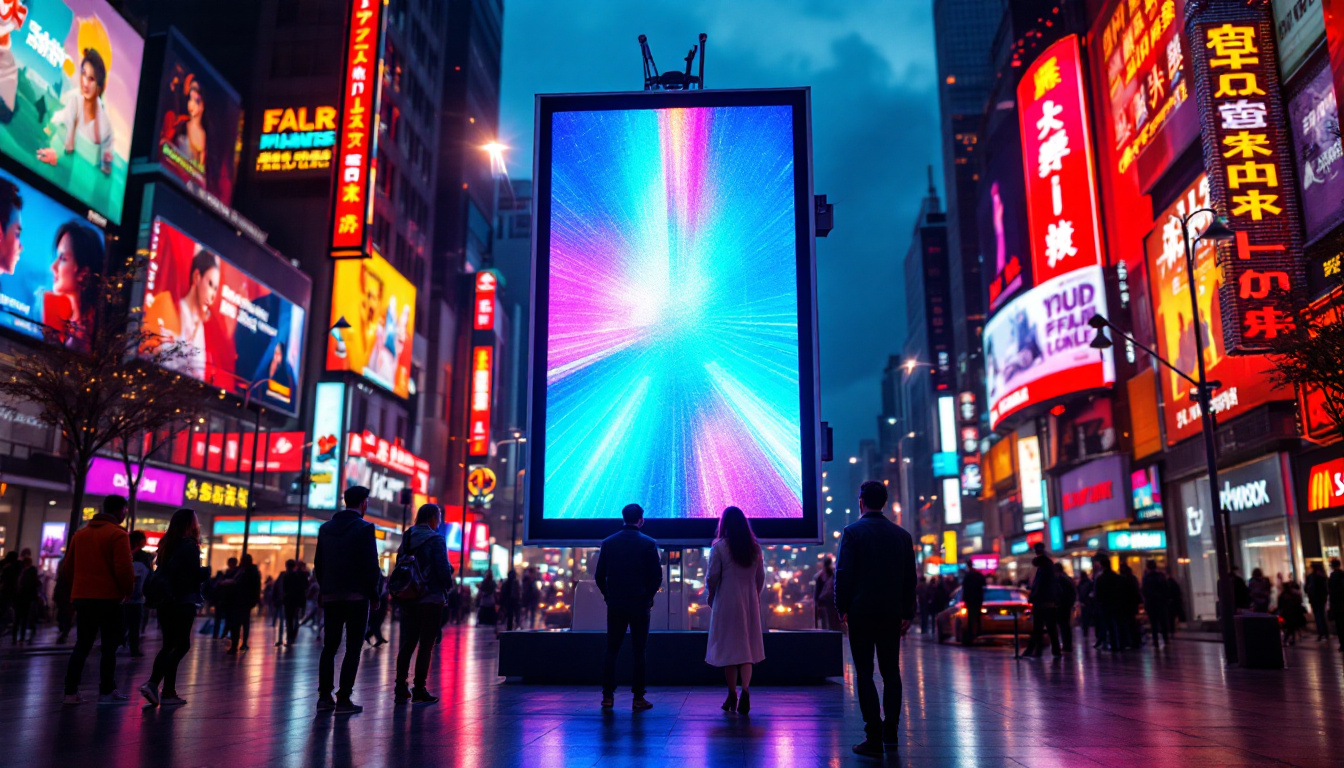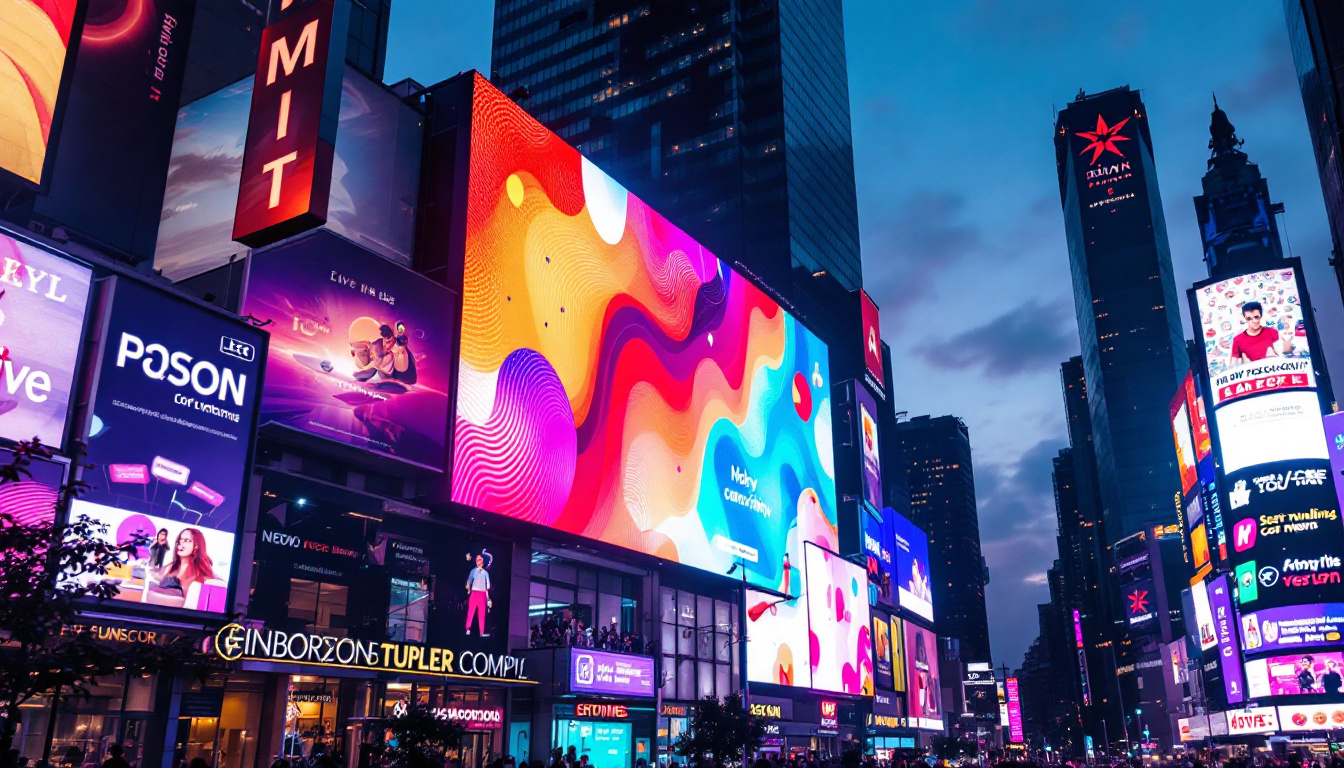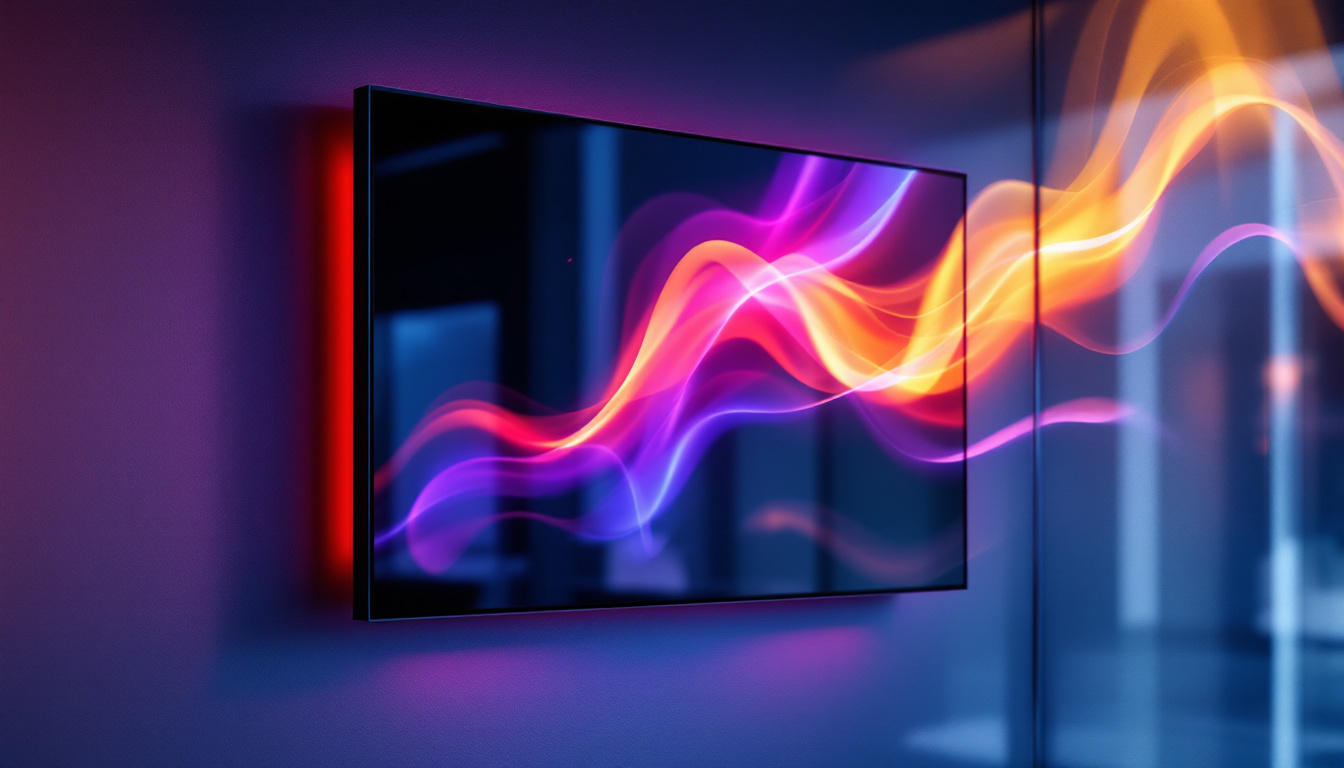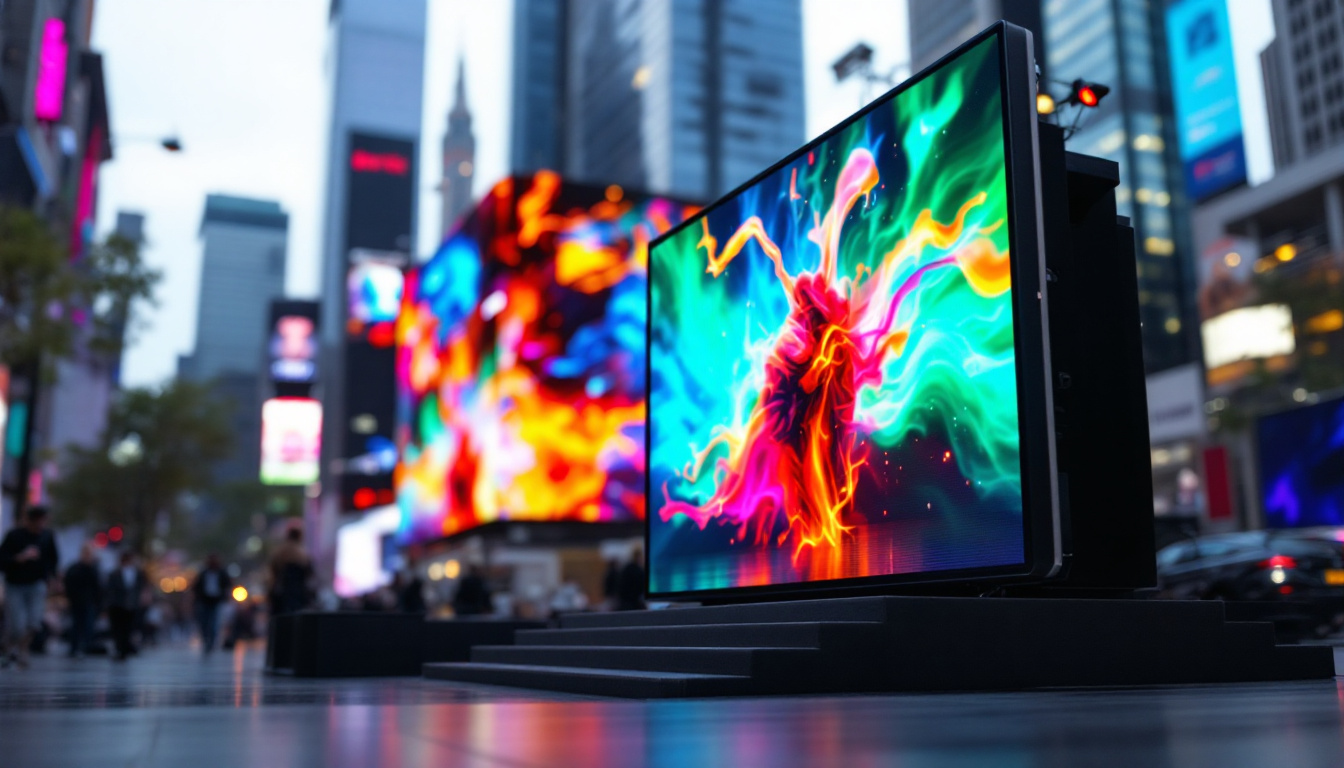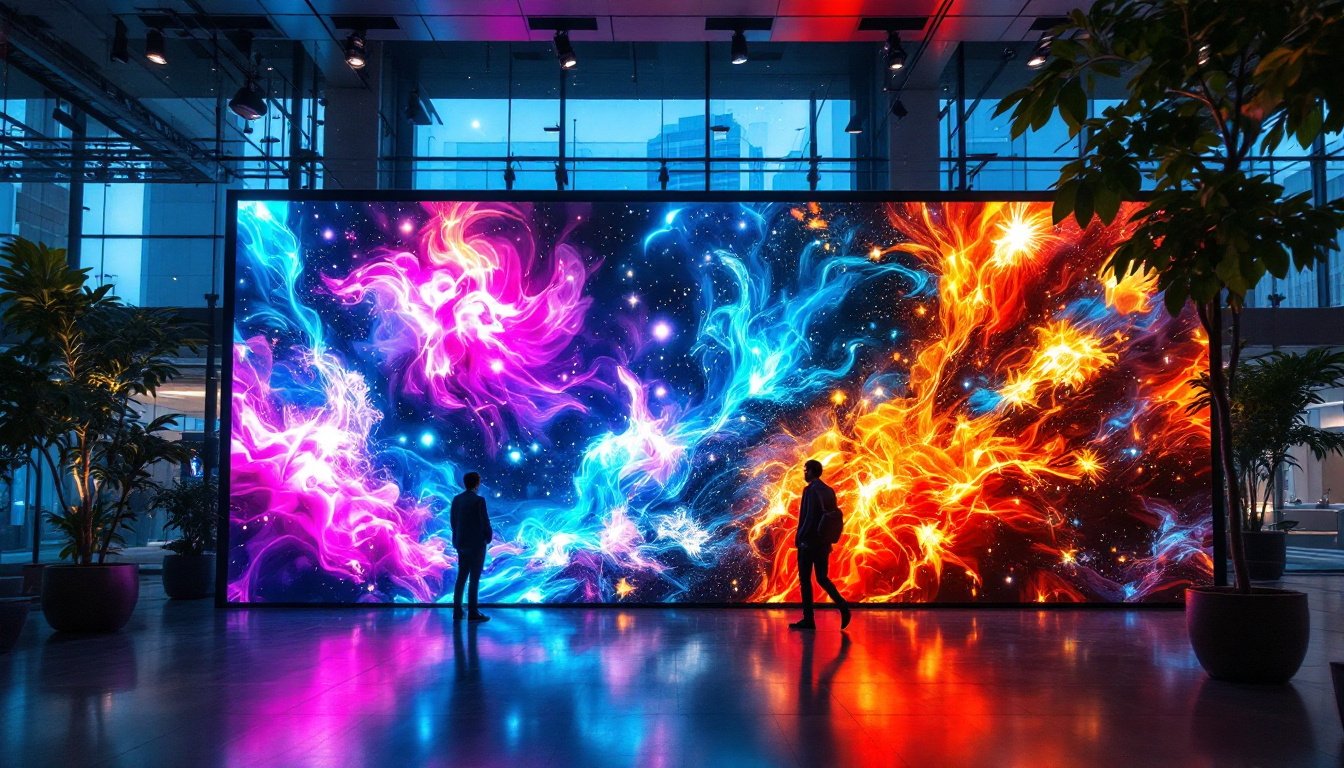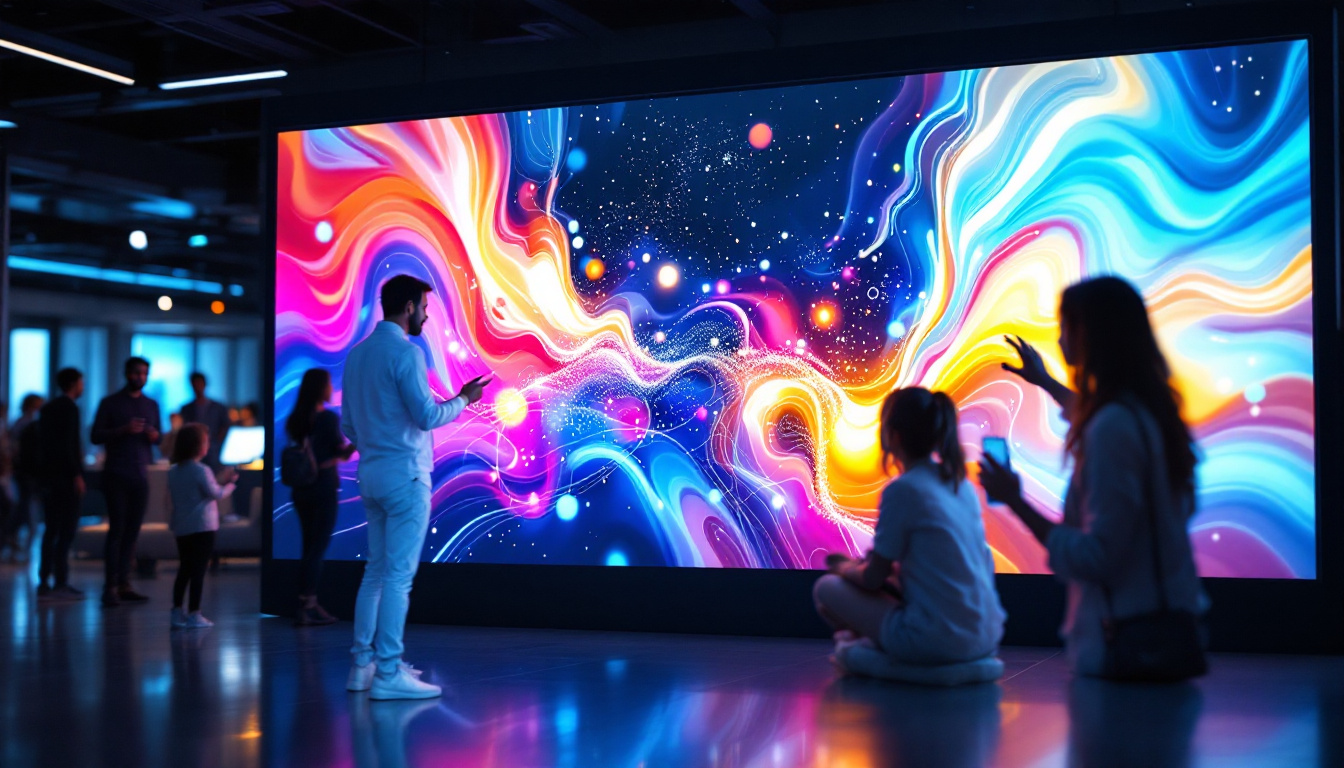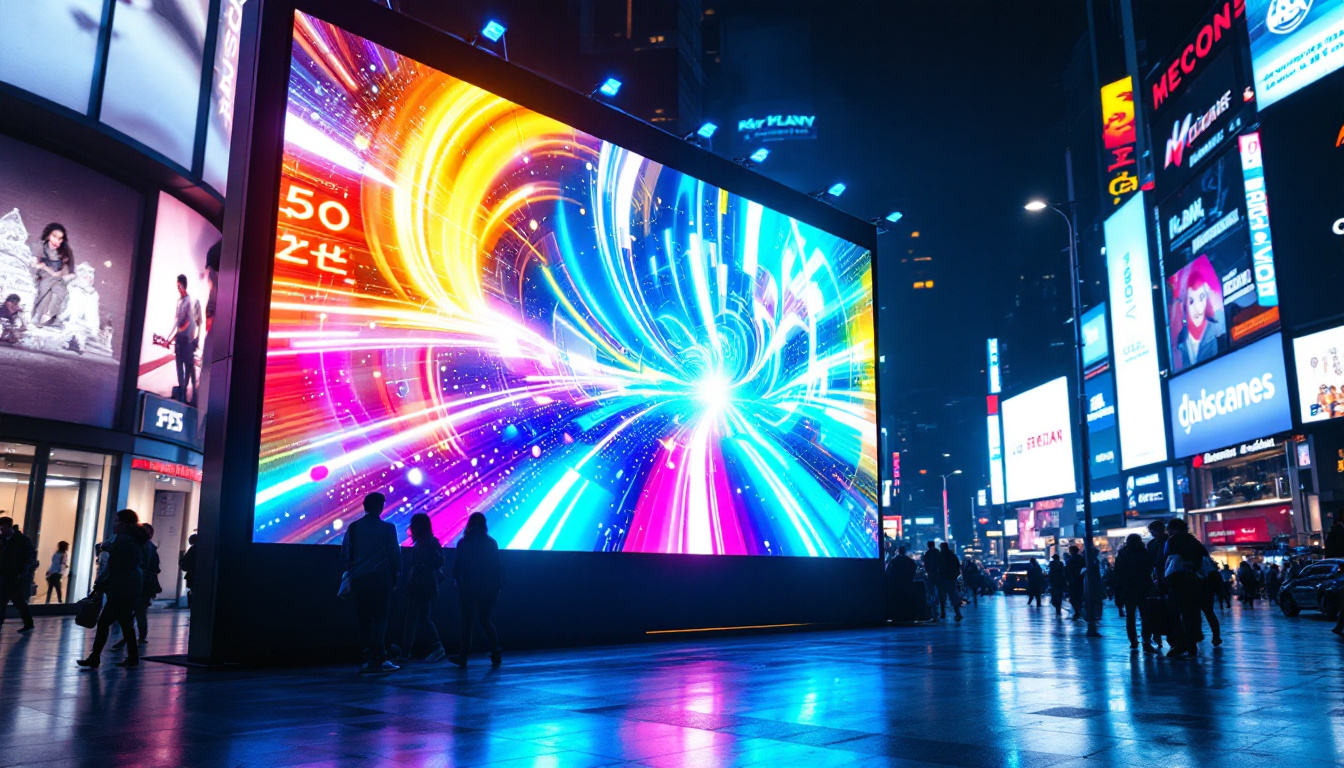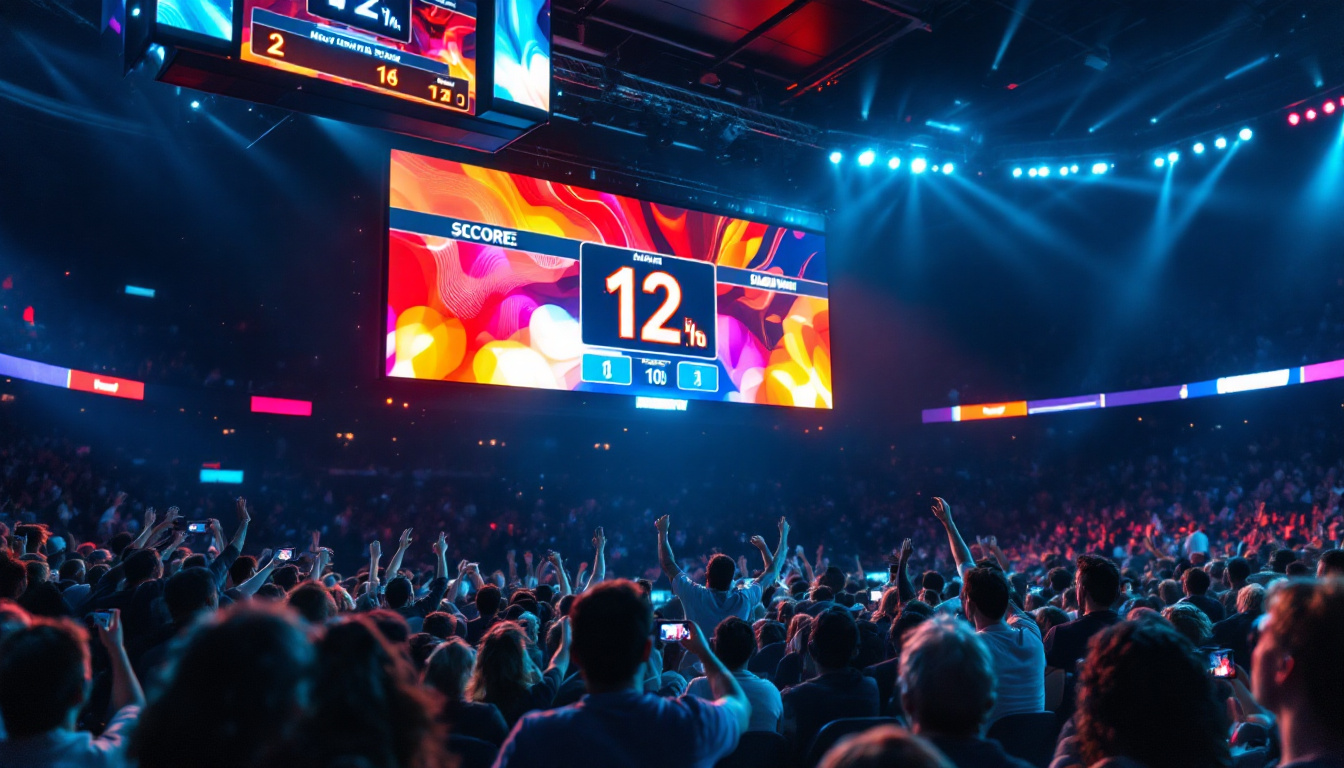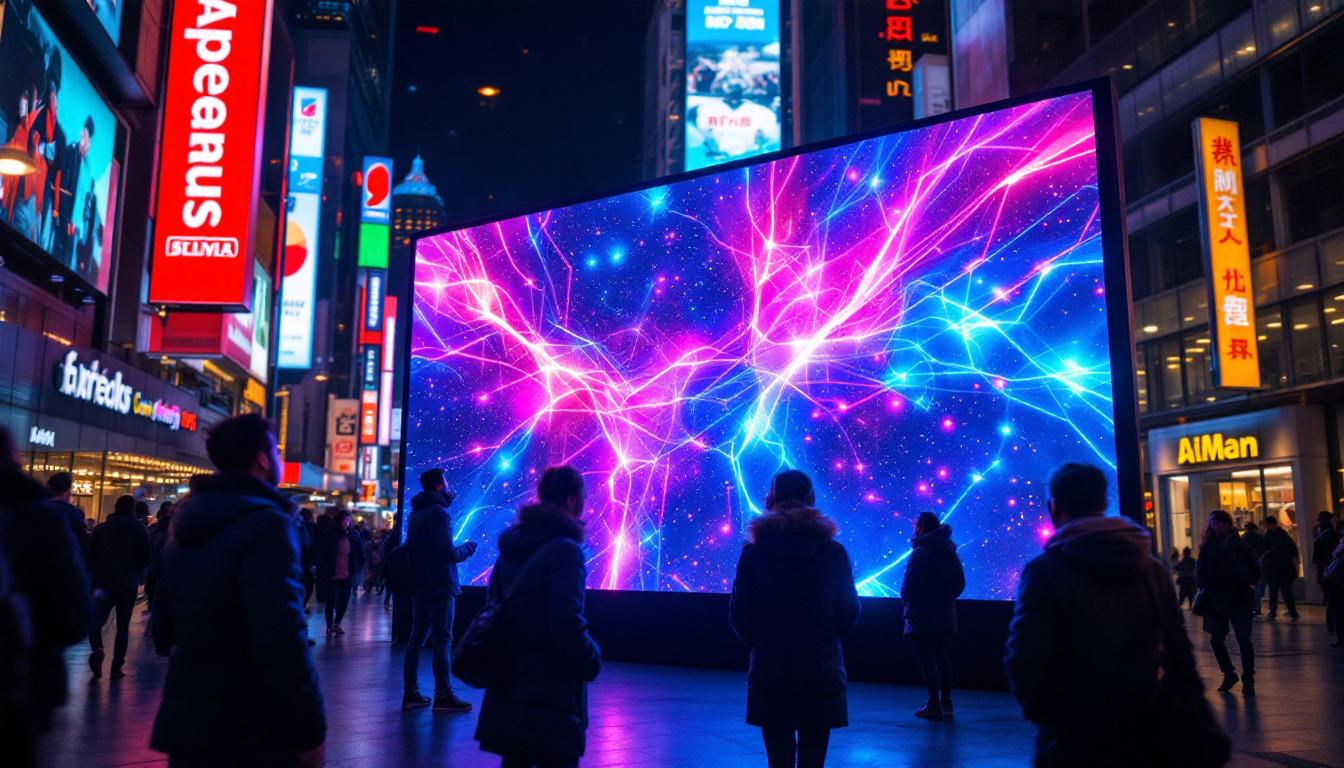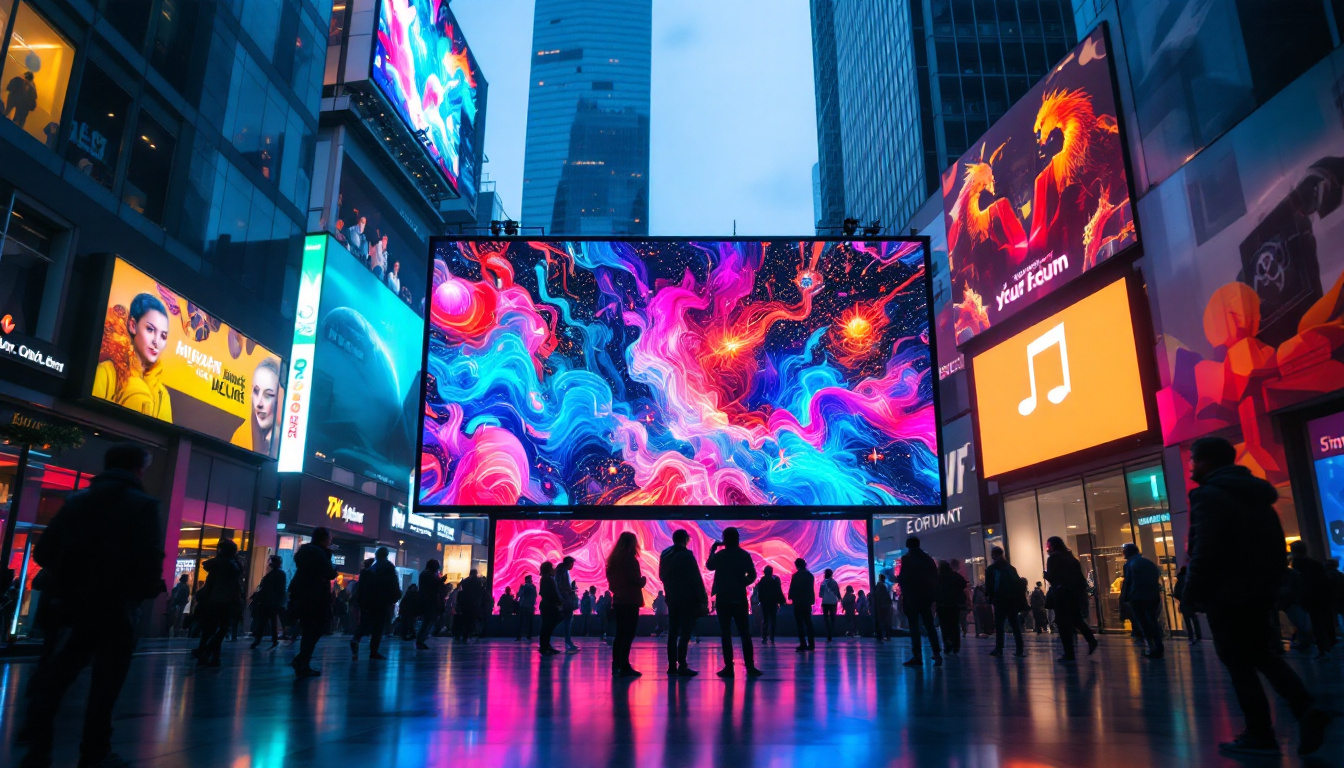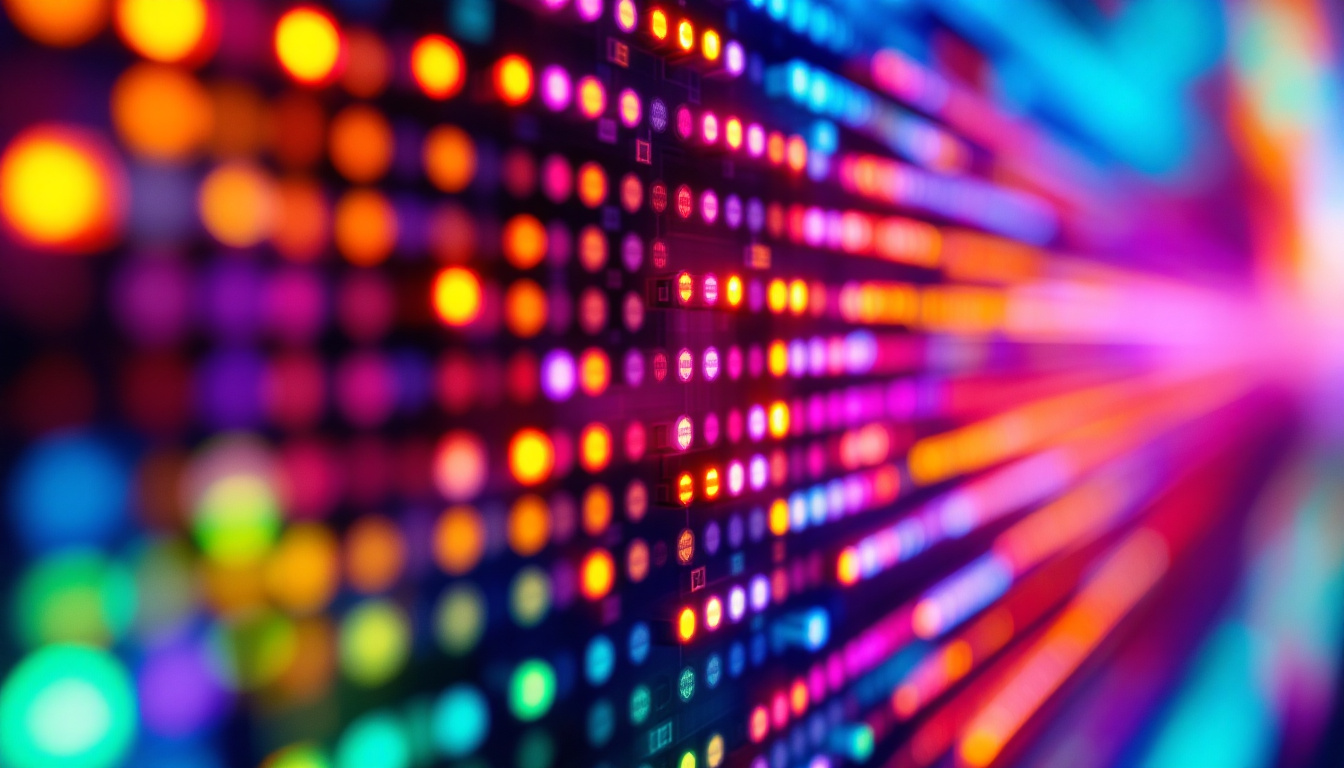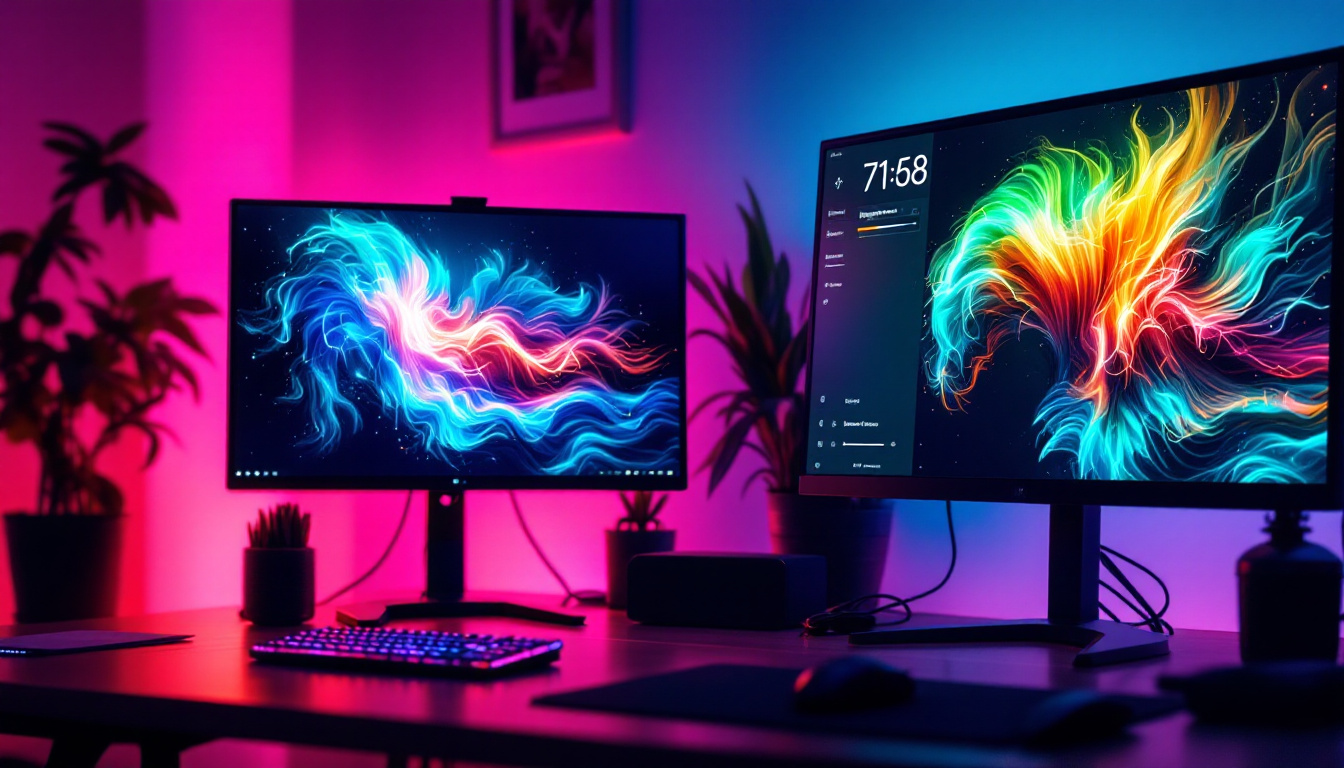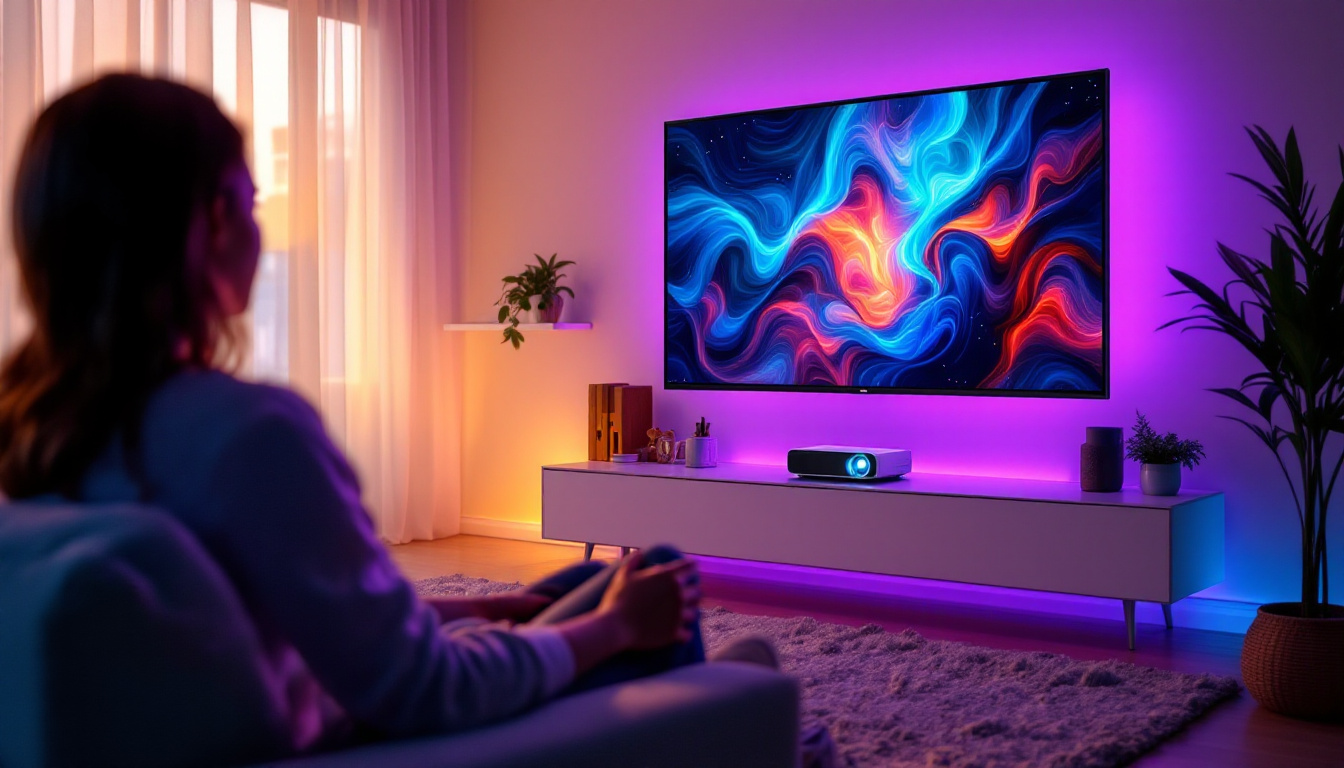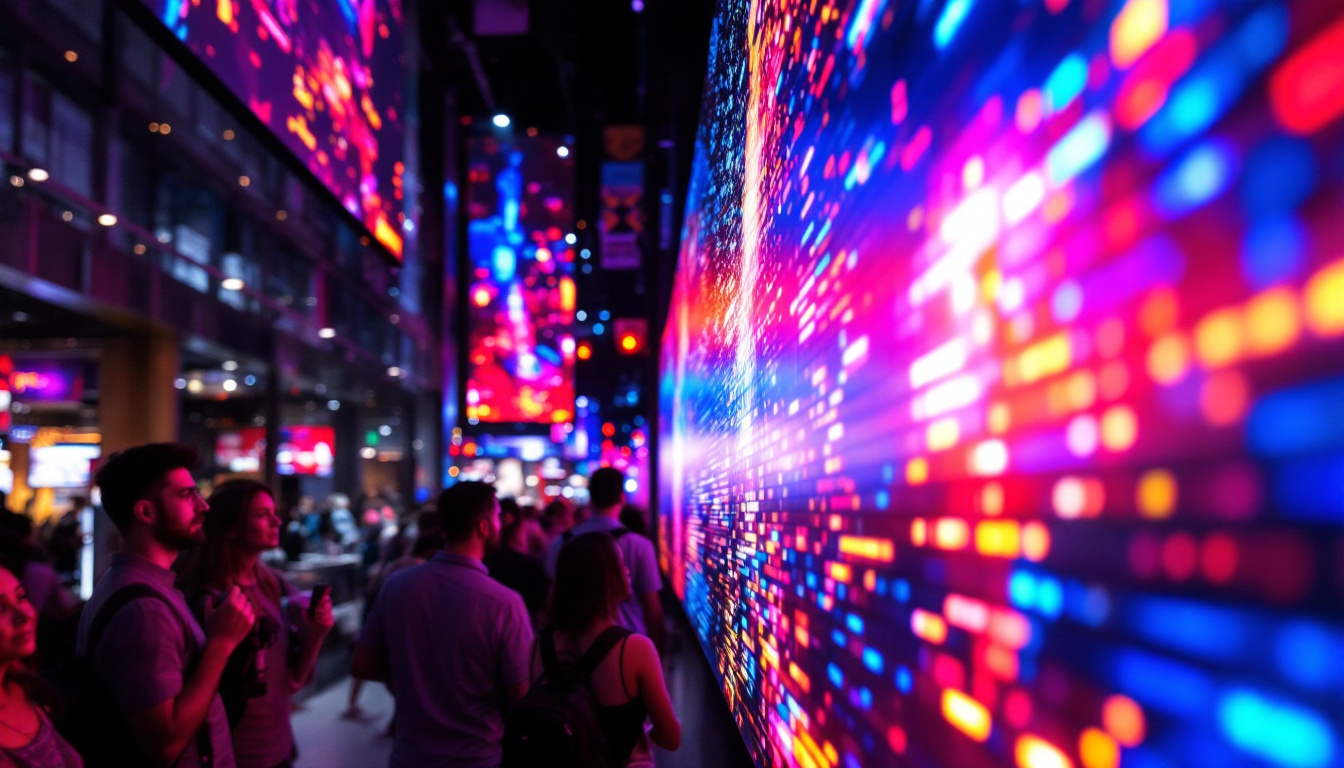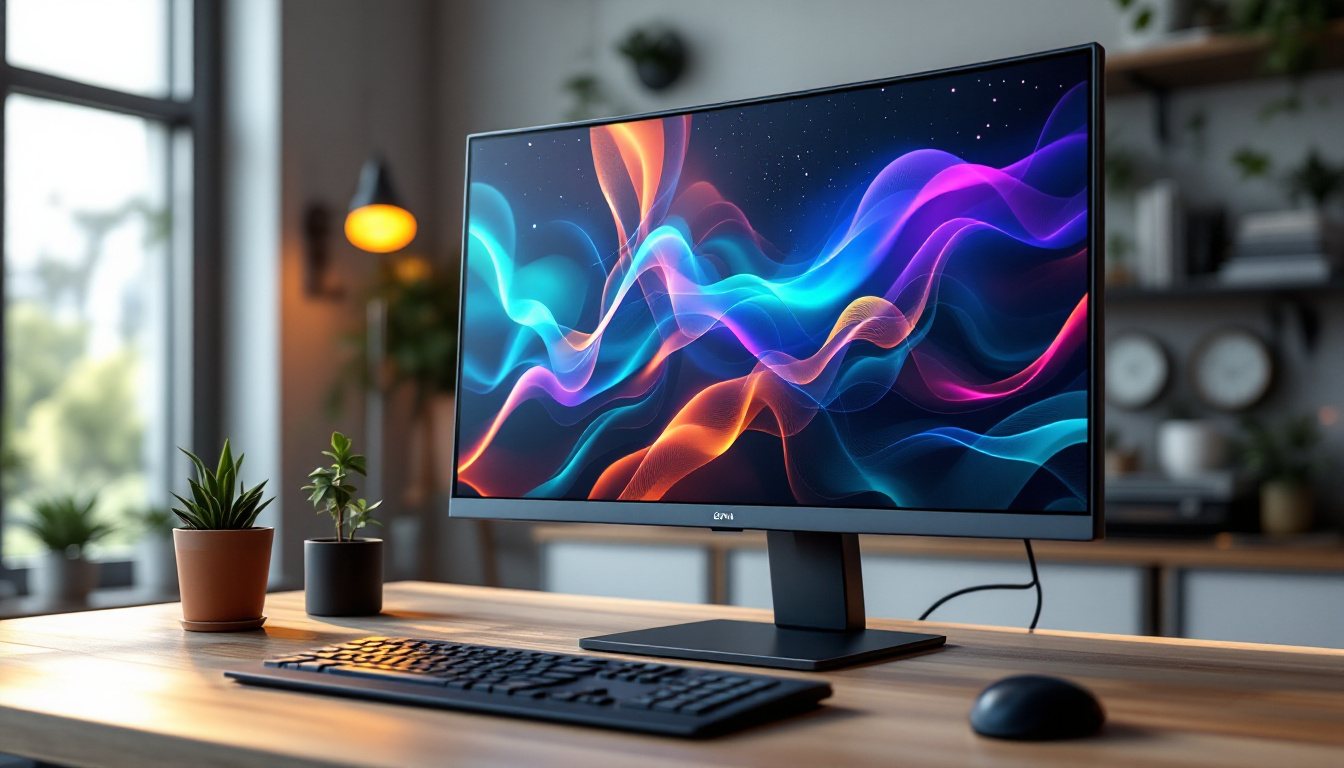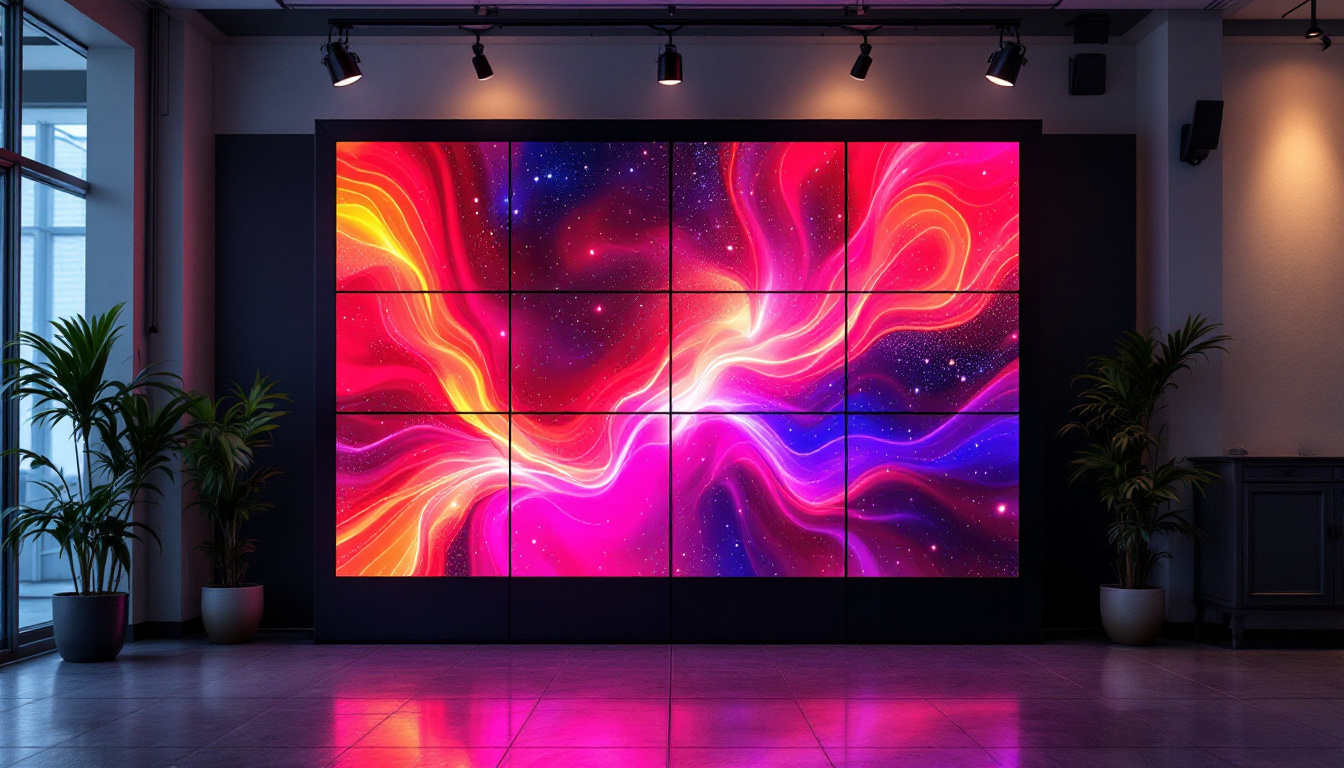In today’s fast-paced digital world, smartphones have become indispensable tools for communication, entertainment, and productivity. One of the most significant features influencing user experience is the phone’s screen size and display technology. As manufacturers push the boundaries of design and innovation, the quest for the biggest phone screen with the best display quality continues to captivate consumers and tech enthusiasts alike.
This article explores the evolution of phone screen sizes, delves into LED display technology, and highlights some of the largest and most impressive phone screens available today. Whether you’re a casual user or a tech aficionado, understanding these aspects can help you make informed decisions when selecting your next smartphone.
The Evolution of Phone Screen Sizes
From Compact Displays to Expansive Screens
In the early days of mobile phones, screens were tiny, often just a few inches diagonally, designed primarily for displaying text and simple graphics. As smartphones emerged, the demand for larger screens grew, driven by the need to enhance multimedia consumption, gaming, and web browsing experiences. The introduction of color displays and touch technology marked a significant turning point, allowing for more interactive and engaging user interfaces. This shift not only transformed how users interacted with their devices but also paved the way for applications that required more screen space, such as social media and video streaming.
By the mid-2010s, the industry saw a shift from 4-inch displays to screens exceeding 5 inches, with manufacturers adopting edge-to-edge designs and minimizing bezels to maximize screen real estate without significantly increasing the device’s overall size. This trend was not merely aesthetic; it also improved functionality, enabling users to enjoy richer visual experiences. The rise of high-definition displays, including Full HD and later Quad HD resolutions, further enhanced the appeal of larger screens, making them ideal for watching movies and playing graphically intensive games on the go.
Current Trends in Screen Size
Today, flagship smartphones commonly feature displays ranging from 6.1 to 6.9 inches. This size range strikes a balance between usability and immersive viewing. However, some devices push beyond this, offering screens over 7 inches, blurring the lines between smartphones and tablets. The introduction of features like high refresh rates and HDR support has made these larger displays even more enticing, catering to gamers and content creators who demand the best visual performance. As a result, manufacturers are continually innovating to provide users with not just larger screens but also enhanced display technologies that improve color accuracy and brightness.
Foldable phones have further revolutionized screen size possibilities, allowing users to enjoy compact devices that unfold into larger displays, sometimes exceeding 8 inches diagonally. These innovations reflect the ongoing consumer desire for bigger, more versatile screens. The engineering challenges of creating durable, flexible displays have led to advancements in materials and design, with companies experimenting with various hinge mechanisms and screen technologies. As foldable devices gain traction, they are redefining portability and functionality, offering users the ability to multitask more effectively and engage with content in new ways, such as split-screen multitasking and immersive gaming experiences. The future of phone screen sizes seems poised for even more exciting developments as technology continues to evolve.
Understanding LED Display Technology
What Is an LED Display?
LED, or Light Emitting Diode, displays use an array of tiny diodes that emit light when an electric current passes through them. In smartphones, LED technology is often integrated into LCD (Liquid Crystal Display) panels as backlighting or used in the form of OLED (Organic LED) and AMOLED (Active Matrix OLED) screens.
Unlike traditional LCDs that require a separate backlight, OLED and AMOLED displays consist of self-emissive pixels, meaning each pixel produces its own light. This distinction results in deeper blacks, higher contrast ratios, and more vibrant colors. The ability of OLED technology to achieve true black levels is particularly advantageous for media consumption, as it enhances the overall viewing experience, especially in low-light environments.
Types of LED Displays in Smartphones
LCD with LED Backlight: Most budget and mid-range smartphones use LCD panels with LED backlighting. While these displays offer good brightness and color accuracy, they typically cannot achieve the same contrast levels as OLED screens because the backlight is always on. This limitation can be noticeable when viewing content that features dark scenes, as the backlight can cause light bleed, resulting in less defined shadows and a less immersive experience.
OLED and AMOLED Displays: These are the premium display types found in most high-end smartphones. OLED technology allows for thinner panels, better energy efficiency, and superior image quality. AMOLED, a variation of OLED, provides faster pixel response times and improved color reproduction. This rapid response time is particularly beneficial for gaming and fast-paced video playback, where motion blur can detract from the visual experience. Additionally, the flexibility of AMOLED technology has paved the way for innovative designs, such as edge displays and foldable smartphones, which push the boundaries of conventional smartphone aesthetics.
Advantages of LED-Based Displays
LED displays, especially OLED and AMOLED, offer several benefits:
- High Contrast and Deep Blacks: Since pixels can turn off individually, black areas appear truly black rather than dark gray.
- Vibrant Colors: LED displays produce a wider color gamut, making images and videos more vivid.
- Energy Efficiency: Particularly in OLED displays, energy consumption is lower when displaying darker content.
- Thin and Flexible: OLED panels can be made thinner and flexible, enabling curved and foldable screens.
Moreover, the longevity of LED displays has improved significantly over the years. Manufacturers have developed advanced technologies to mitigate issues such as burn-in, which was once a concern for OLED screens. This has made them more viable for everyday use, as users can enjoy their vivid displays without fear of permanent image retention. Additionally, the advancements in color accuracy and brightness levels have made LED displays suitable for a variety of applications beyond smartphones, including televisions, monitors, and even large-scale digital signage, showcasing the versatility and impact of LED technology in modern visual media.
The Biggest Phone Screens on the Market Today
Flagship Phones with Large LED Displays
Several smartphones currently lead the market with some of the largest LED-based screens available. These devices combine size with cutting-edge display technology to offer immersive viewing experiences.
- Samsung Galaxy S23 Ultra: Featuring a 6.8-inch Dynamic AMOLED 2X display, this phone offers a 3088 x 1440 resolution with a 120Hz refresh rate. Its screen is lauded for brightness, color accuracy, and smoothness.
- iPhone 15 Pro Max: Apple’s largest phone sports a 6.7-inch Super Retina XDR OLED display. Known for its true-to-life color reproduction and HDR support, it balances size with premium display quality.
- OnePlus 11: With a 6.7-inch AMOLED display, this phone provides vibrant colors and a 120Hz refresh rate, catering to users who prioritize smooth visuals and responsiveness.
Phones with Ultra-Large Screens: The Phablet and Foldable Categories
For users seeking even larger displays, phablets and foldable smartphones offer unique solutions:
- Samsung Galaxy Z Fold 5: When unfolded, this phone boasts a 7.6-inch Dynamic AMOLED 2X display, providing tablet-like screen real estate in a pocketable form factor.
- Huawei Mate X3: Another foldable with an 8-inch OLED display when unfolded, it offers an expansive canvas for multitasking and media consumption.
- Asus ROG Phone 7 Ultimate: While primarily a gaming phone, its 6.78-inch AMOLED display with a 165Hz refresh rate is one of the largest and fastest on the market.
Largest Non-Foldable Phone Screens
Among non-foldable devices, some models push the boundaries of screen size:
- Samsung Galaxy M14 5G: Featuring a 6.6-inch PLS LCD, it’s an example of a budget phone with a relatively large display.
- Xiaomi Mi Max 3: Although released a few years ago, its 6.9-inch IPS LCD remains one of the largest traditional smartphone screens.
Why Screen Size and Display Technology Matter
Impact on User Experience
The size and quality of a phone’s display directly affect how users interact with their devices. Larger screens facilitate easier reading, better video playback, and more comfortable gaming. Additionally, high-quality LED displays enhance visual clarity, color accuracy, and overall enjoyment.
However, bigger screens can also impact portability and one-handed usability. Manufacturers often strive to balance these factors by optimizing screen-to-body ratios and incorporating ergonomic designs.
Battery Life Considerations
While larger LED displays provide a superior viewing experience, they also consume more power. OLED and AMOLED displays help mitigate this by being more energy-efficient, especially when displaying darker content. Nonetheless, users should consider battery capacity and software optimizations alongside screen size when choosing a phone.
Future Trends in Phone Screens
The smartphone industry continues to innovate with display technology. Emerging trends include under-display cameras, higher refresh rates beyond 120Hz, and improvements in foldable and rollable screen designs. These advancements aim to offer even larger and more immersive displays without compromising device size or functionality.
MicroLED technology is also on the horizon, promising brighter displays with better energy efficiency and longevity compared to OLED. As these technologies mature, consumers can expect even more impressive phone screens in the coming years.
Conclusion: Choosing the Biggest Phone Screen with the Best LED Display
When selecting a smartphone with a large screen, it’s essential to consider both the physical size and the underlying display technology. LED-based displays, particularly OLED and AMOLED, provide superior image quality, contrast, and energy efficiency compared to traditional LCDs.
Devices like the Samsung Galaxy Z Fold 5 and Huawei Mate X3 showcase how foldable technology is redefining what constitutes the “biggest” phone screen, offering users expansive displays that adapt to different use cases. Meanwhile, flagship phones continue to push the limits of screen size and quality within traditional form factors.
Ultimately, the best phone screen depends on individual preferences, including how the device will be used, portability needs, and budget. Understanding the nuances of LED display technology and current market offerings empowers consumers to make choices that enhance their digital experiences.
Explore the Future of LED Displays with LumenMatrix
As you seek the largest and most advanced phone screens, why not extend that quest for exceptional visual quality to other aspects of your life? LumenMatrix, a pioneer in LED display technology, offers a wide array of innovative solutions that go beyond smartphones. From Indoor and Outdoor LED Wall Displays to specialized options like Vehicle, Sports, and Floor LED Displays, LumenMatrix is committed to transforming your visual experiences. Whether for business or pleasure, their Custom and All-in-One LED Displays, including the cutting-edge LED Transparent Display, are designed to captivate and engage. Ready to revolutionize the way you see the world? Check out LumenMatrix LED Display Solutions and discover the power of advanced LED technology.


